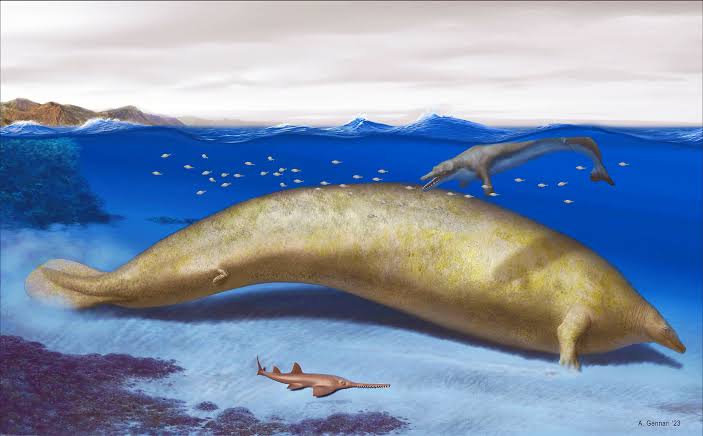The Official Award Of A Certificate
The animal kingdom never fails to amaze us with its incredible diversity, and among its many wonders, mammals stand out for their intelligence, adaptability, and often, their sheer size. In 2025, as we continue to explore the natural world and expand our understanding of Earth’s biodiversity, the largest mammals continue to capture our imagination like no other. These colossal creatures both terrestrial and aquatic dominate their ecosystems, often playing vital roles in maintaining the balance of nature.
From the deep blue oceans to sprawling savannahs and frozen tundras, the largest mammals on Earth inspire awe with their massive forms and fascinating lifestyles. Some are gentle giants, moving gracefully through their environments despite their size, while others possess an imposing strength that commands respect. Each species has adapted in extraordinary ways to survive and thrive in its habitat, whether it’s the ability to dive to great depths, migrate thousands of miles, or consume enormous amounts of vegetation to sustain their bulk.
In 2025, certain species continue to hold their place among the giants of the animal kingdom, with scientific research providing even deeper insights into their behaviors, conservation status, and the unique challenges they face in a rapidly changing world. Human activity, climate change, and habitat loss have made the protection of these magnificent mammals more crucial than ever before. Conservation efforts and international awareness campaigns are increasingly spotlighting these species, aiming to ensure that future generations will also have the chance to marvel at their greatness.
Before we dive into the list of the Top 10 Largest Mammals in the World for 2025, it’s important to appreciate not just their size, but the incredible ecological roles they fulfill. These creatures remind us that the natural world is filled with giants not just in body, but in importance. So, let’s journey across continents and oceans to meet the colossal mammals that continue to reign supreme in size, strength, and wonder
These Are The Top 10 Largest Mammals In The World
1. Blue Whale – 200 Tons
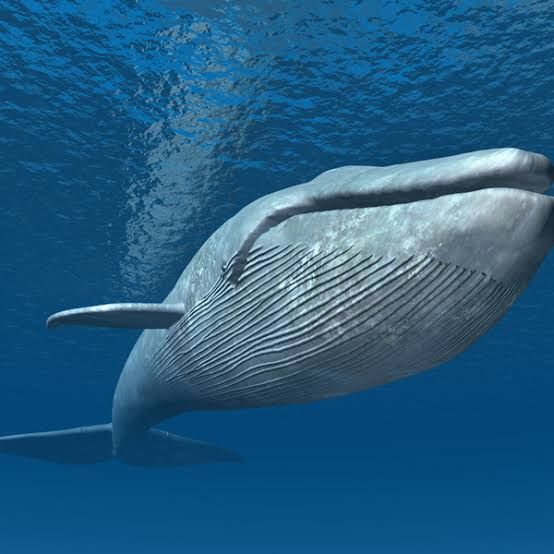 The blue whale (Balaenoptera musculus) stands as a marvel of nature, holding the title of the largest animal ever known to have existed. These marine giants can reach lengths of up to 110 feet (approximately 33.5 meters) and weigh as much as 200 tons (about 181,437 kilograms). To put this into perspective, their tongues alone can weigh as much as an elephant, and their hearts are comparable in size to a small car.
The blue whale (Balaenoptera musculus) stands as a marvel of nature, holding the title of the largest animal ever known to have existed. These marine giants can reach lengths of up to 110 feet (approximately 33.5 meters) and weigh as much as 200 tons (about 181,437 kilograms). To put this into perspective, their tongues alone can weigh as much as an elephant, and their hearts are comparable in size to a small car.
Despite their colossal size, blue whales feed primarily on tiny shrimp-like animals called krill. During feeding seasons, an adult blue whale can consume up to 4 tons of krill per day.
2. African Elephant – 7 Tons
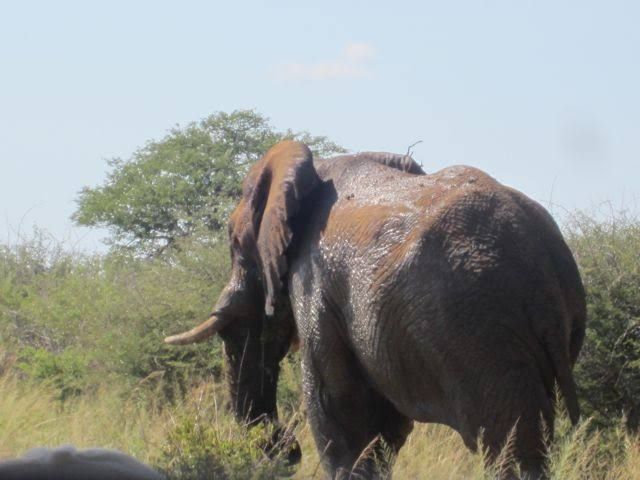 The African elephant (Loxodonta africana), the largest land-dwelling mammal on Earth, is a remarkable example of nature’s engineering. Adult males, known as bulls, can weigh between 4,500 and 6,800 kilograms (approximately 5 to 7.5 tons) and stand up to 4 meters (13 feet) tall at the shoulder. The largest recorded bull reached a weight of about 10,400 kilograms (11.5 tons) and stood nearly 4 meters tall.
The African elephant (Loxodonta africana), the largest land-dwelling mammal on Earth, is a remarkable example of nature’s engineering. Adult males, known as bulls, can weigh between 4,500 and 6,800 kilograms (approximately 5 to 7.5 tons) and stand up to 4 meters (13 feet) tall at the shoulder. The largest recorded bull reached a weight of about 10,400 kilograms (11.5 tons) and stood nearly 4 meters tall.
Unlike their aquatic counterparts, such as the blue whale, elephants must support their immense weight on land without the buoyancy that water provides.
3. Killer Whale 6 – 7 Tons
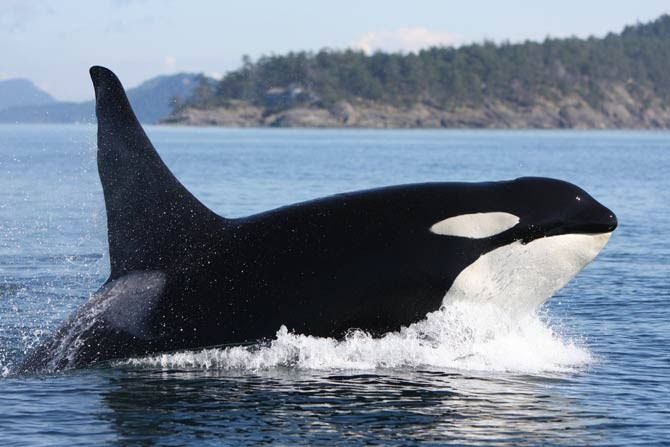 In a world where whales are the largest mammals, how is it possible that the largest dolphin is a whale? Instead of being categorized as whales, killer whales, which are often referred to as orcas, are classed as dolphins. As a result of the fact that male orcas weigh between six and seven tons, they are larger than the largest sharks. This indicates that killer whales, and not great white sharks, are the most dangerous predators in the environment. Sharks have a more terrifying reputation than killer whales due to the fact that killer whales have only murdered a small number of people.
In a world where whales are the largest mammals, how is it possible that the largest dolphin is a whale? Instead of being categorized as whales, killer whales, which are often referred to as orcas, are classed as dolphins. As a result of the fact that male orcas weigh between six and seven tons, they are larger than the largest sharks. This indicates that killer whales, and not great white sharks, are the most dangerous predators in the environment. Sharks have a more terrifying reputation than killer whales due to the fact that killer whales have only murdered a small number of people.
4. Hippopotamus 5 tons
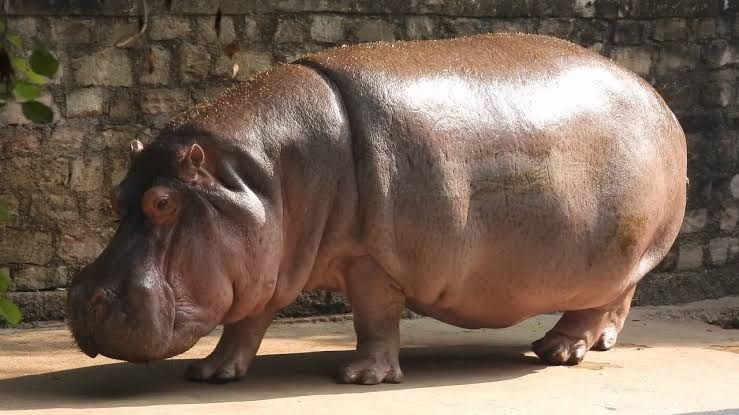 In addition to deer, pigs, cows, and the common hippopotamus, which is the largest cleft-hoofed mammal, even-toed ungulates, also known as artiodactyls, are a vast family of plant-eating animals. The pygmy hippopotamus is not even close to being as heavy as its cousin, which weighs five tons. There is also the possibility of arguing for the existence of another creature with even toes, the giraffe, which is significantly taller than a hippopotamus but weighs just two tons.
In addition to deer, pigs, cows, and the common hippopotamus, which is the largest cleft-hoofed mammal, even-toed ungulates, also known as artiodactyls, are a vast family of plant-eating animals. The pygmy hippopotamus is not even close to being as heavy as its cousin, which weighs five tons. There is also the possibility of arguing for the existence of another creature with even toes, the giraffe, which is significantly taller than a hippopotamus but weighs just two tons.
5. White Rhinoceros – 5 tons
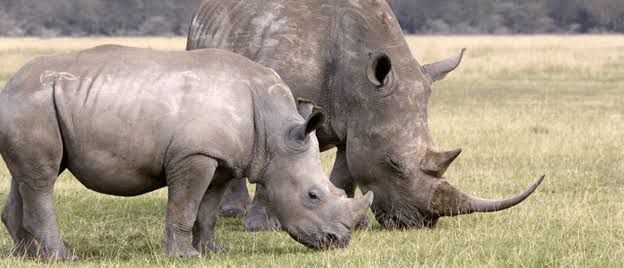 There is less variety among perissodactyls, sometimes known as odd-toed ungulates, compared to their even-toed relatives. Rhinoceroses are part of this family of big mammals, which also includes tapirs, zebras, and horses. The white rhinoceros is the largest perissodactyl, and its five-ton weight makes it competitive with rhinoceros from the Pleistocene, like the Elasmotherium. The southern white rhinoceros and the northern white rhinoceros are two varieties of white rhinos; their respective African habitats are obvious.
There is less variety among perissodactyls, sometimes known as odd-toed ungulates, compared to their even-toed relatives. Rhinoceroses are part of this family of big mammals, which also includes tapirs, zebras, and horses. The white rhinoceros is the largest perissodactyl, and its five-ton weight makes it competitive with rhinoceros from the Pleistocene, like the Elasmotherium. The southern white rhinoceros and the northern white rhinoceros are two varieties of white rhinos; their respective African habitats are obvious.
6. Southern Elephant Seal – 3 to 4 Tons
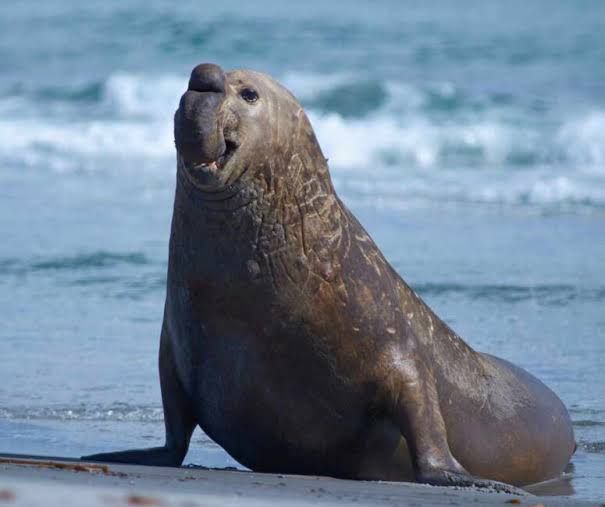 With a weight of up to four tons, the southern elephant seal surpasses all other terrestrial meat-eating mammals, including the largest tigers, bears, and lions. It is also the largest pinniped living. Southern elephant seals can reach a maximum weight of two tons, but males are significantly heavier. Elephant seal males are as ear-piercingly noisy as blue whales, and they may be heard from miles away when they are ready to mate.
With a weight of up to four tons, the southern elephant seal surpasses all other terrestrial meat-eating mammals, including the largest tigers, bears, and lions. It is also the largest pinniped living. Southern elephant seals can reach a maximum weight of two tons, but males are significantly heavier. Elephant seal males are as ear-piercingly noisy as blue whales, and they may be heard from miles away when they are ready to mate.
7. Polar Bear – 1 Ton
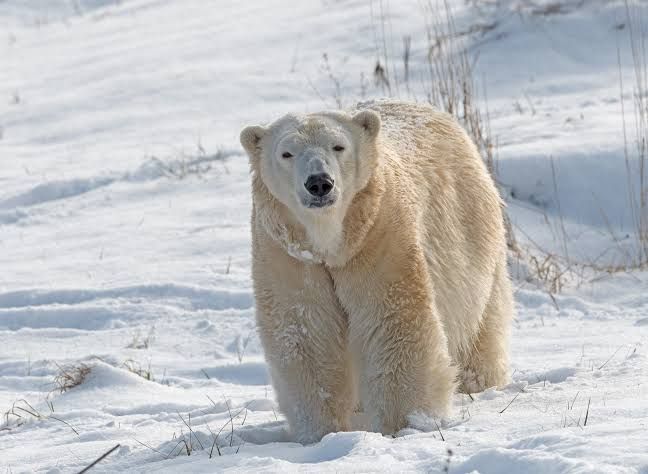 You are mistaken if you believe that polar bears, grizzly bears, and pandas are all huge mammals that are equivalent in size to one another. To put it simply, polar bears are the largest and most dangerous of all ursines. It is possible for the largest males to grow to a height of ten feet and might weigh up to one ton. In comparison, the Kodiak bear is the only bear that comes close; males of this species can weigh up to 1,500 pounds.
You are mistaken if you believe that polar bears, grizzly bears, and pandas are all huge mammals that are equivalent in size to one another. To put it simply, polar bears are the largest and most dangerous of all ursines. It is possible for the largest males to grow to a height of ten feet and might weigh up to one ton. In comparison, the Kodiak bear is the only bear that comes close; males of this species can weigh up to 1,500 pounds.
8. West Indian Manatee – 1,300 Pounds
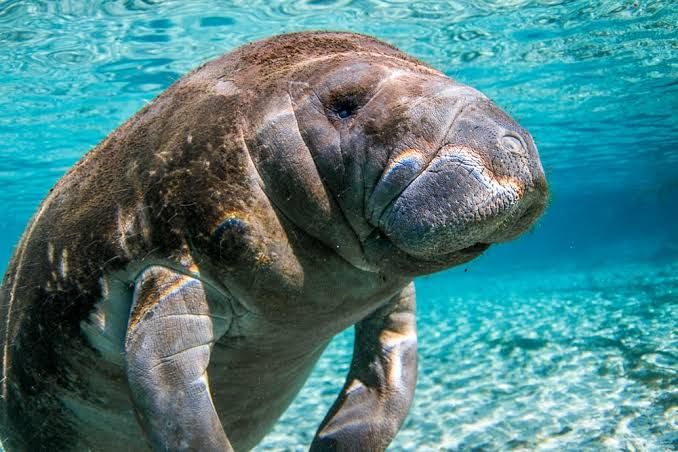 The sirenians, which are a family of aquatic mammals that includes manatees and dugongs, are related to pinnipeds in a distant way and share many features with them. By a stroke of luck, the West Indian manatee, which is 13 feet in length and weighs 1,300 pounds, is the largest sirenian in the history of the world: In the 18th century, Steller’s sea cow, a larger member of this breed, completely disappeared from the world. The weight of some of them was ten tons.
The sirenians, which are a family of aquatic mammals that includes manatees and dugongs, are related to pinnipeds in a distant way and share many features with them. By a stroke of luck, the West Indian manatee, which is 13 feet in length and weighs 1,300 pounds, is the largest sirenian in the history of the world: In the 18th century, Steller’s sea cow, a larger member of this breed, completely disappeared from the world. The weight of some of them was ten tons.
9. Grevy’s Zebra – 1,000 Pounds
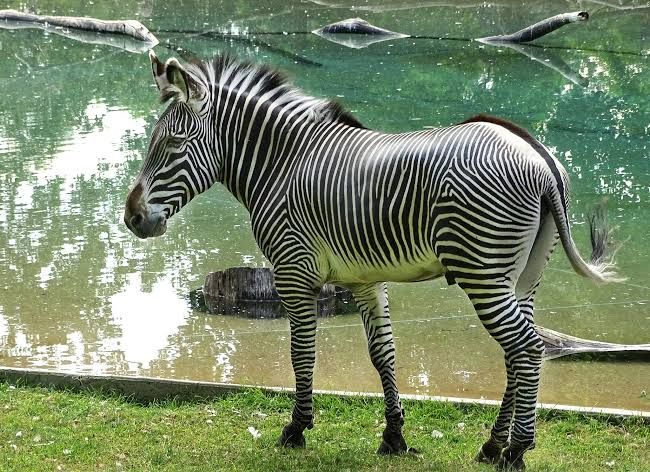 Animals such as donkeys, asses, and zebras are also included in the genus Equus, which includes horses. In spite of the fact that some farmed horses weigh more than 2,000 pounds, Grevy’s zebra is the largest wild equid in the world; adults can weigh up to half a ton. As is the case with many of the other large mammals on this list, the Grevy’s Zebra is on the verge of extinction; it is estimated that there are less than 5,000 of them living in Kenya and Ethiopia in their various habitats.
Animals such as donkeys, asses, and zebras are also included in the genus Equus, which includes horses. In spite of the fact that some farmed horses weigh more than 2,000 pounds, Grevy’s zebra is the largest wild equid in the world; adults can weigh up to half a ton. As is the case with many of the other large mammals on this list, the Grevy’s Zebra is on the verge of extinction; it is estimated that there are less than 5,000 of them living in Kenya and Ethiopia in their various habitats.
10. Giant Forest Hog – 600 Pounds
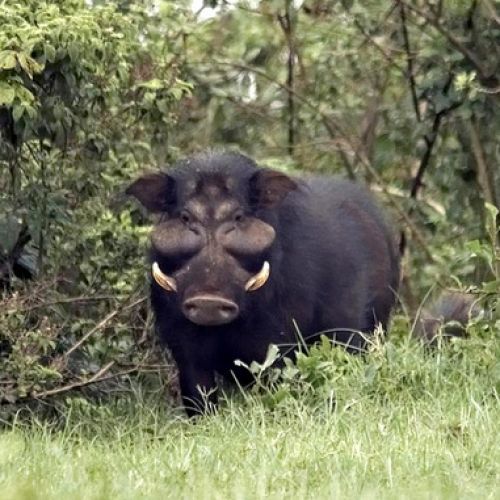 This pig, which weighs 600 pounds, has been observed to chase African hyenas away from their kill, despite the fact that it is occasionally preyed upon by the largest African leopards. Even though it is rather large, the gigantic forest hog is not particularly aggressive. In addition to being able to coexist with humans, it is not only easily tamed but also completely domesticated. The majority of the time, it is a herbivore, and it only scavenges for food when it is particularly hungry.
This pig, which weighs 600 pounds, has been observed to chase African hyenas away from their kill, despite the fact that it is occasionally preyed upon by the largest African leopards. Even though it is rather large, the gigantic forest hog is not particularly aggressive. In addition to being able to coexist with humans, it is not only easily tamed but also completely domesticated. The majority of the time, it is a herbivore, and it only scavenges for food when it is particularly hungry.
